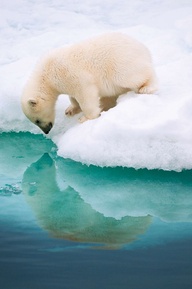The 200 year old Bowhead Whale: the Oldest Mammal on Earth

I am a bowhead whale. I just celebrated my 200th birthday this year. That makes me the oldest living mammal on the planet! Sure, trees can live thousands of years, and the oldest living tree on earth is a bristlecone pine who is 4,841 years old, but look at me, I am twice as old as a tortoise!
To give you perspective, the year I was born was 1812. That year is known for the War of 1812, and it was when Francis Scott Key wrote the United States’ national anthem, the Star Spangled Banner. Also, you may think of Tchaikovsky’s famous 1812 Overture.
The most amazing aspect of my life is that I avoided being hunted and killed by any whaling boats. Most of my friends were not as lucky as me. I chalk it up to a sixth sense of knowing when humans are around and avoiding them. Thank goodness bowhead whales were banned from commercial whaling in 1943.
We are also known as Greenland right whales. We can reach lengths of 60 feet (18m) and weigh over 100 tons (89 metric tons). Bowhead whales can live so long because we live in the icy Arctic. One explanation for my longevity is having a core body temperature lower than those animals living in warmer oceans.
Whaling is now low on my list of worries, and ocean pollution is now at the top. Food tastes different now because of all the tiny plastic bits that my food, the microscopic-sized plankton, ingests. Plastic is everywhere in the ocean, and all ocean life is affected by it. See Alby the Albatross’ post for more on plastic ocean pollution.
For more on how humans figured out how old I am, click here
UPDATE: Scientists have found a 507 year old clam named Ming!




